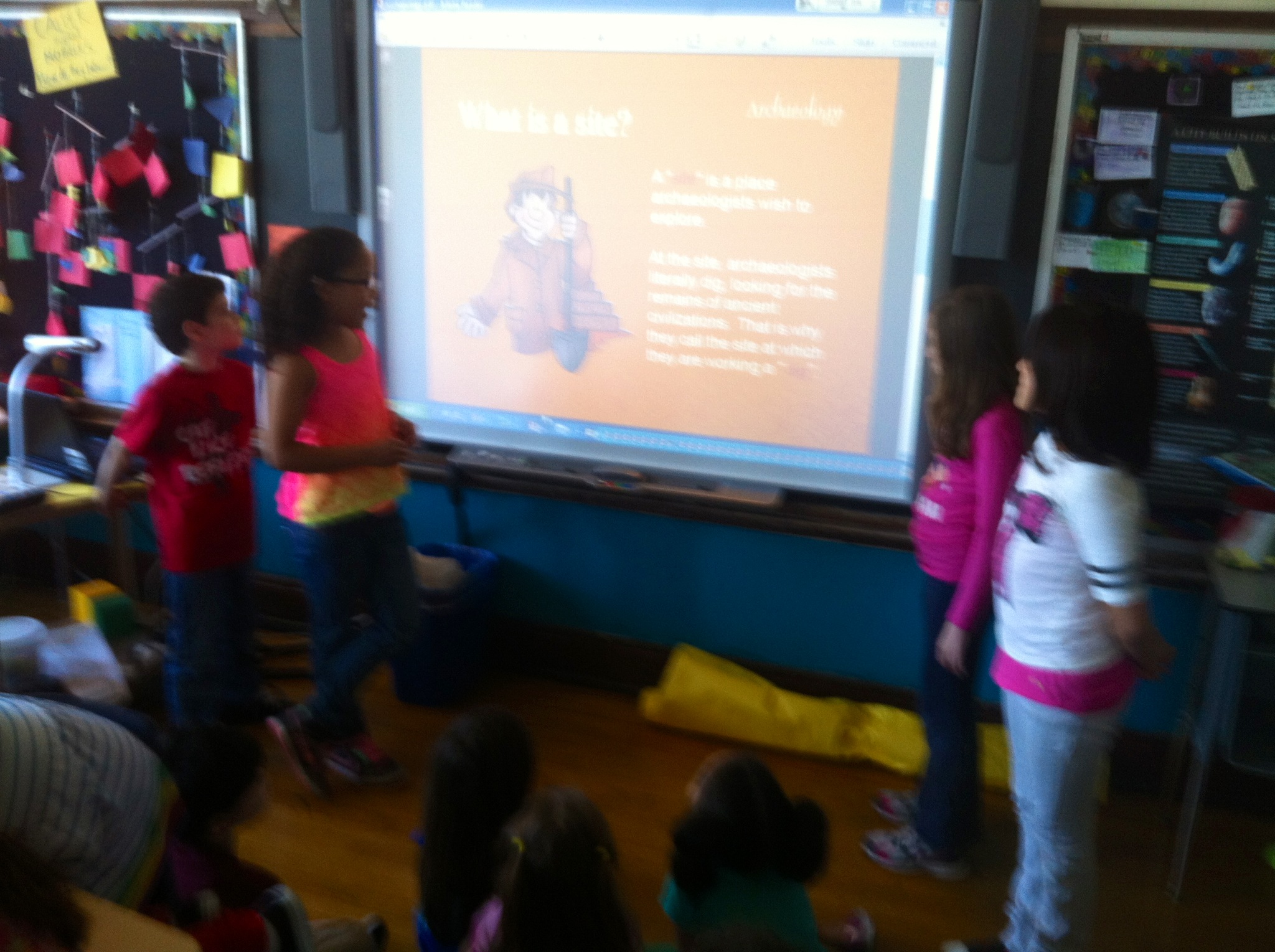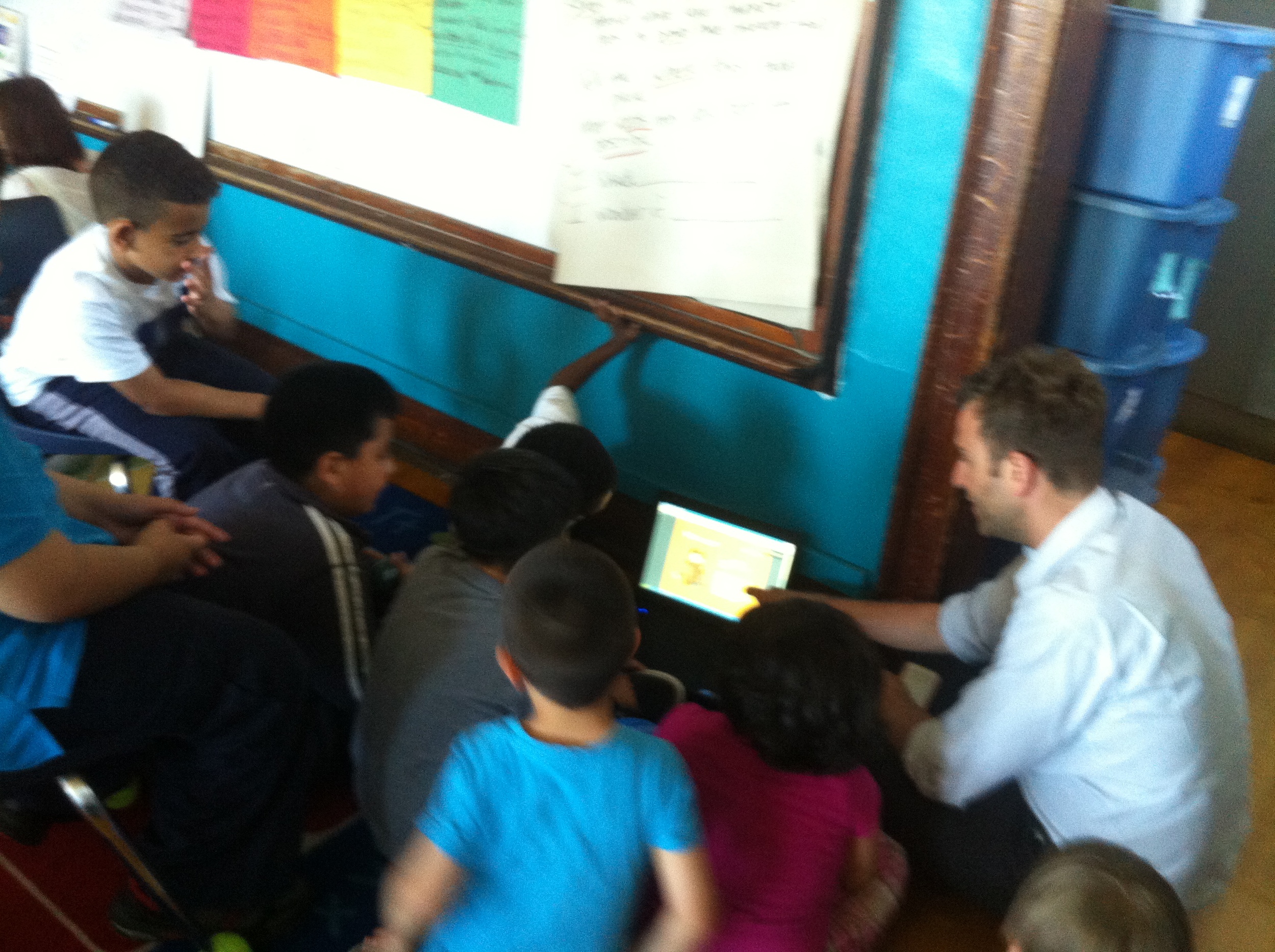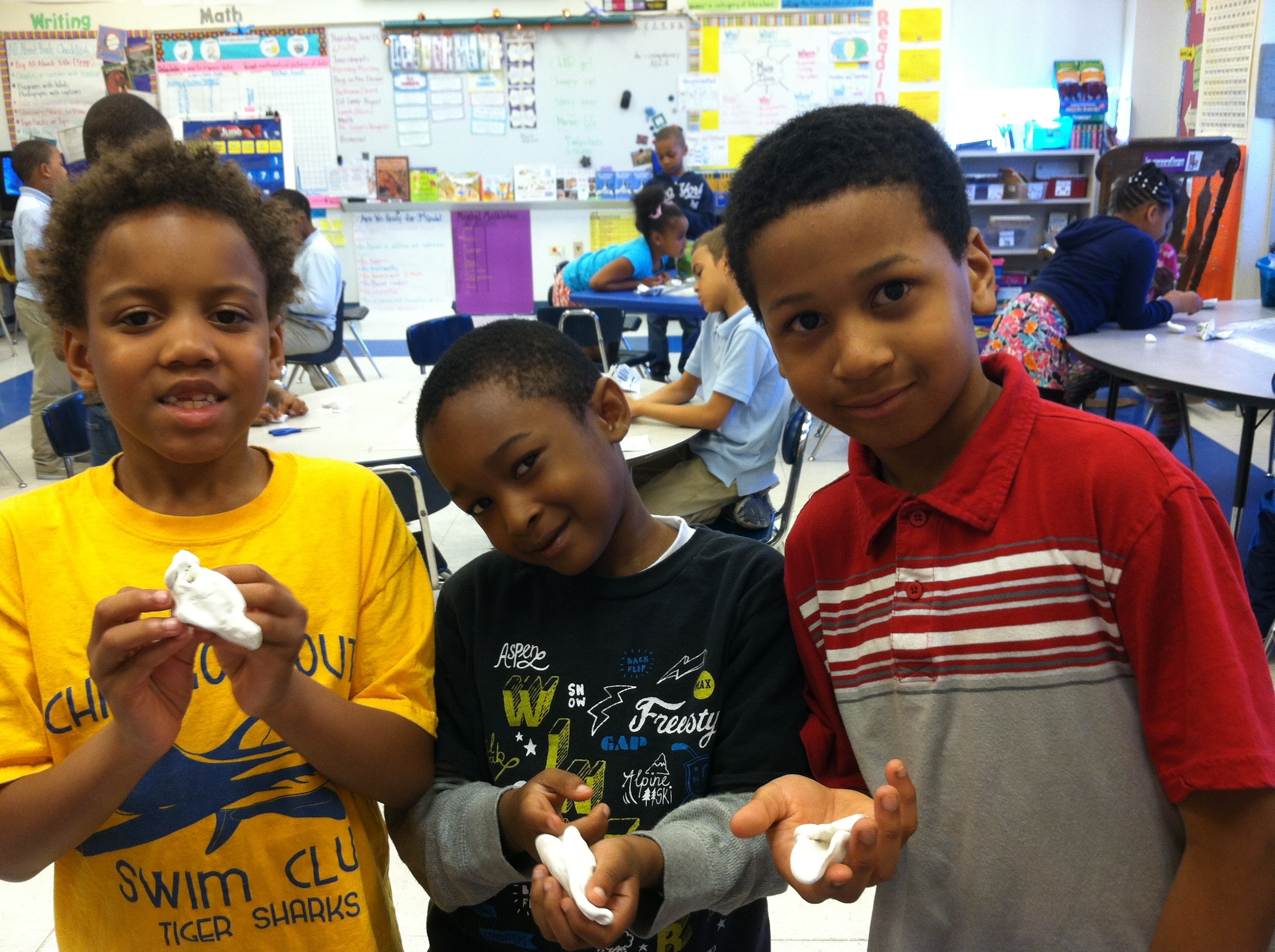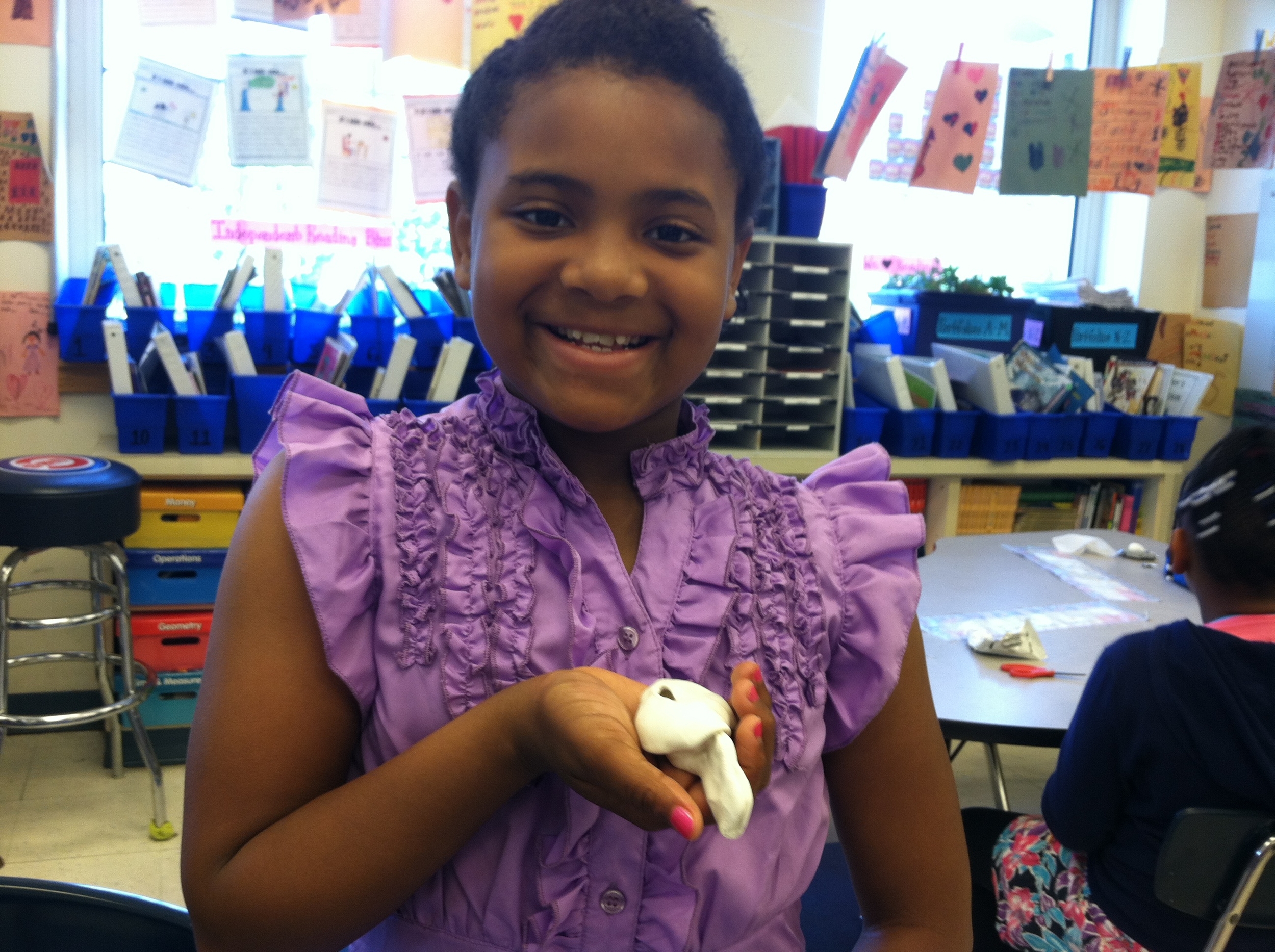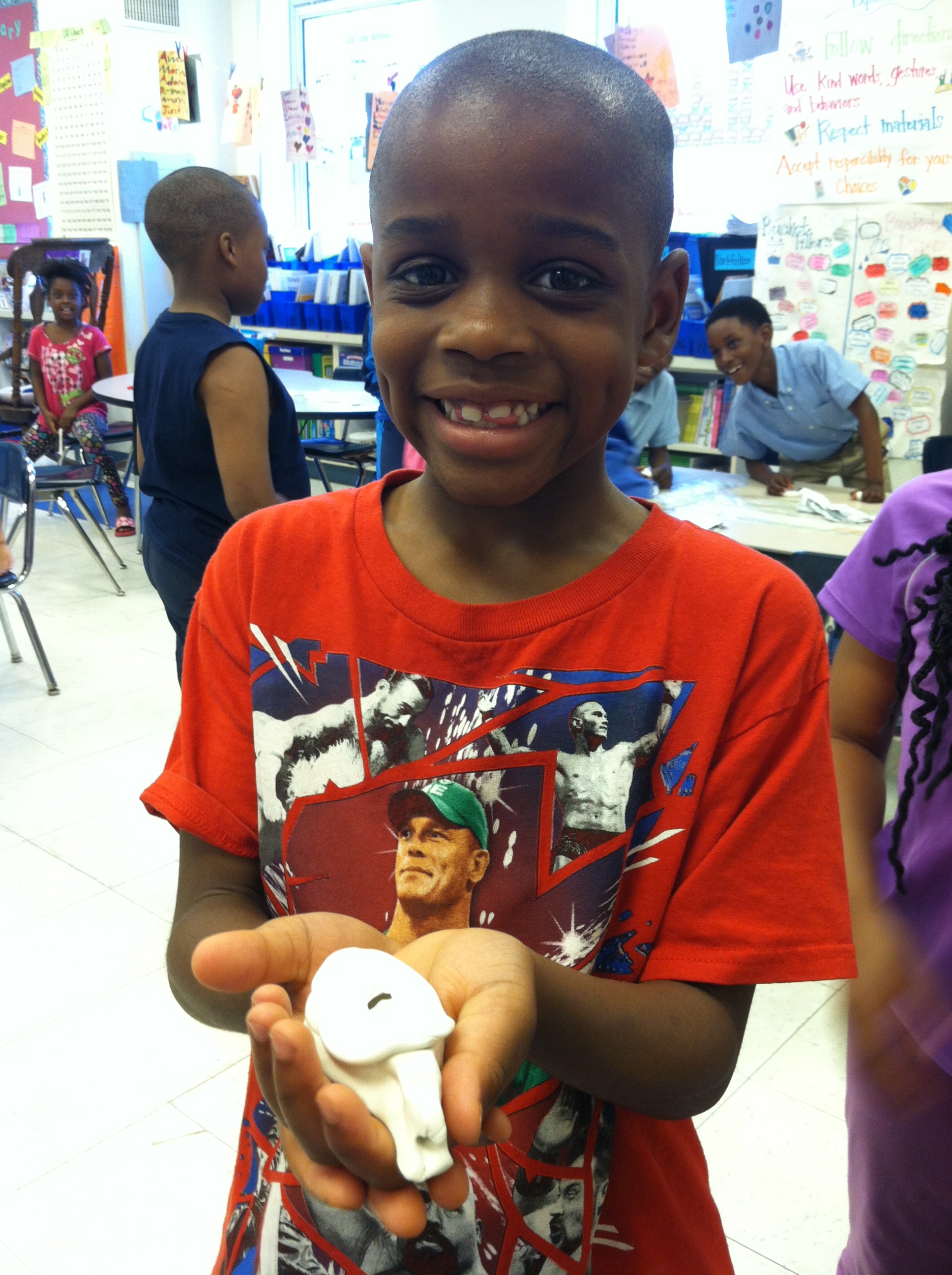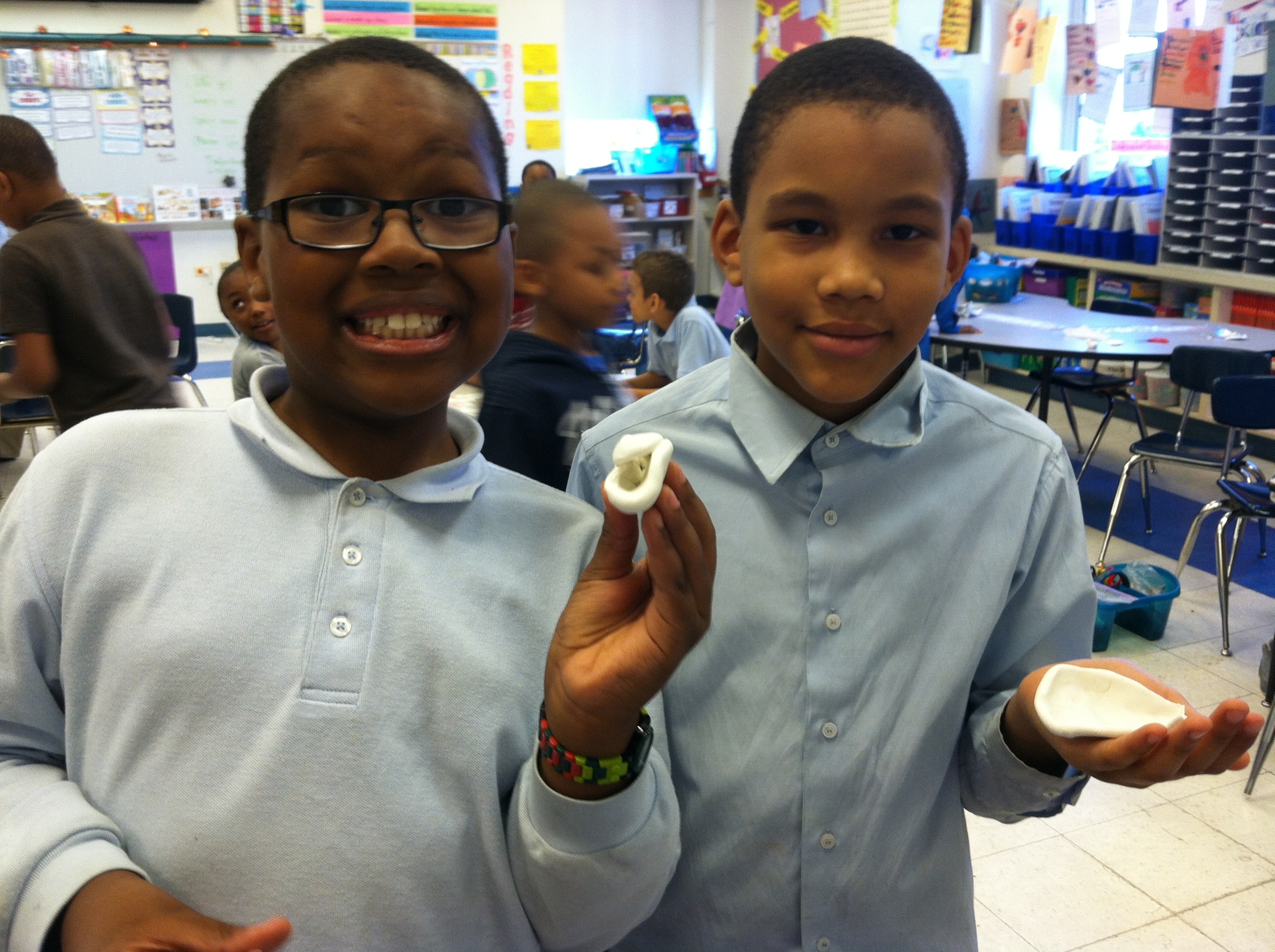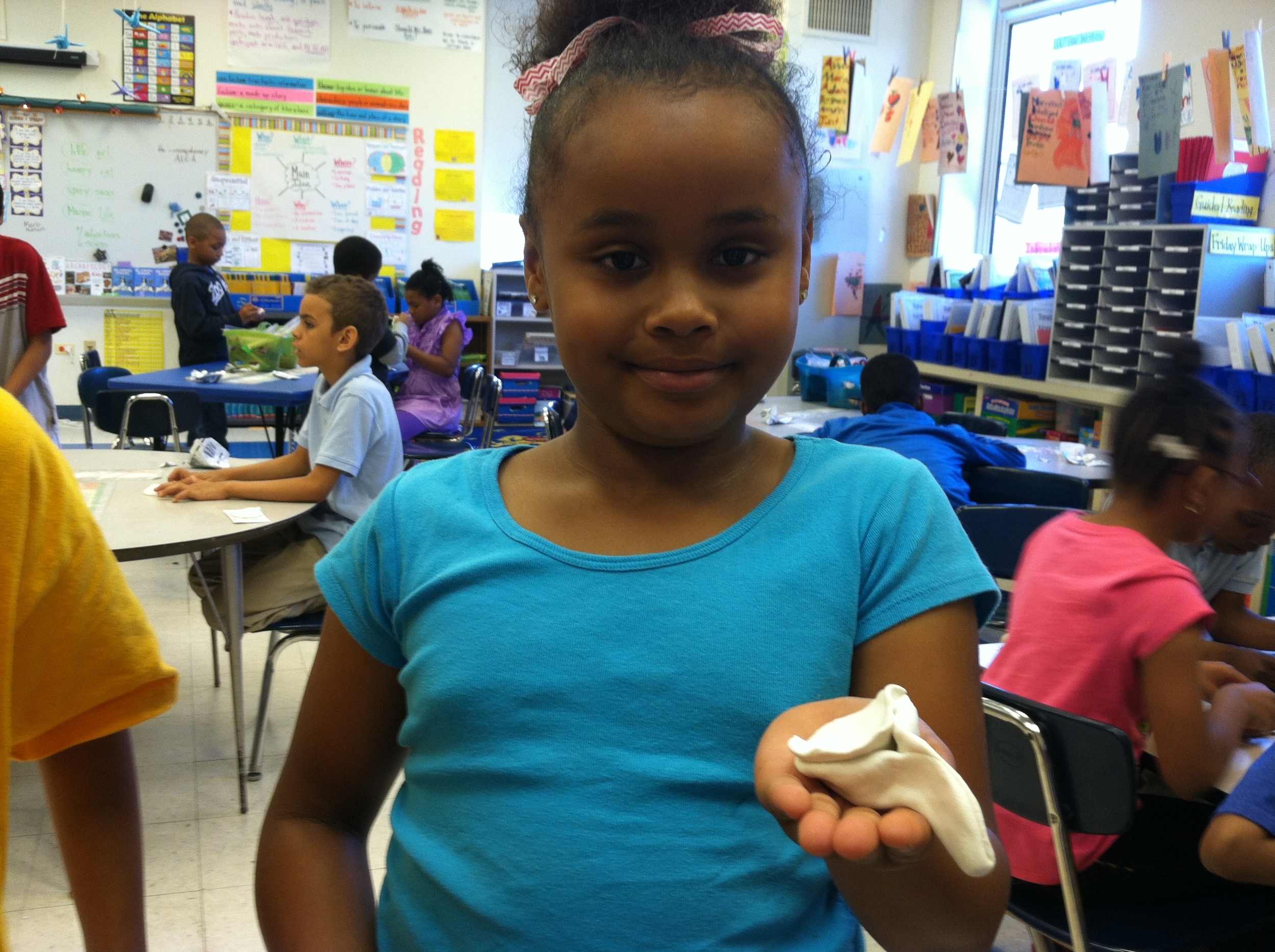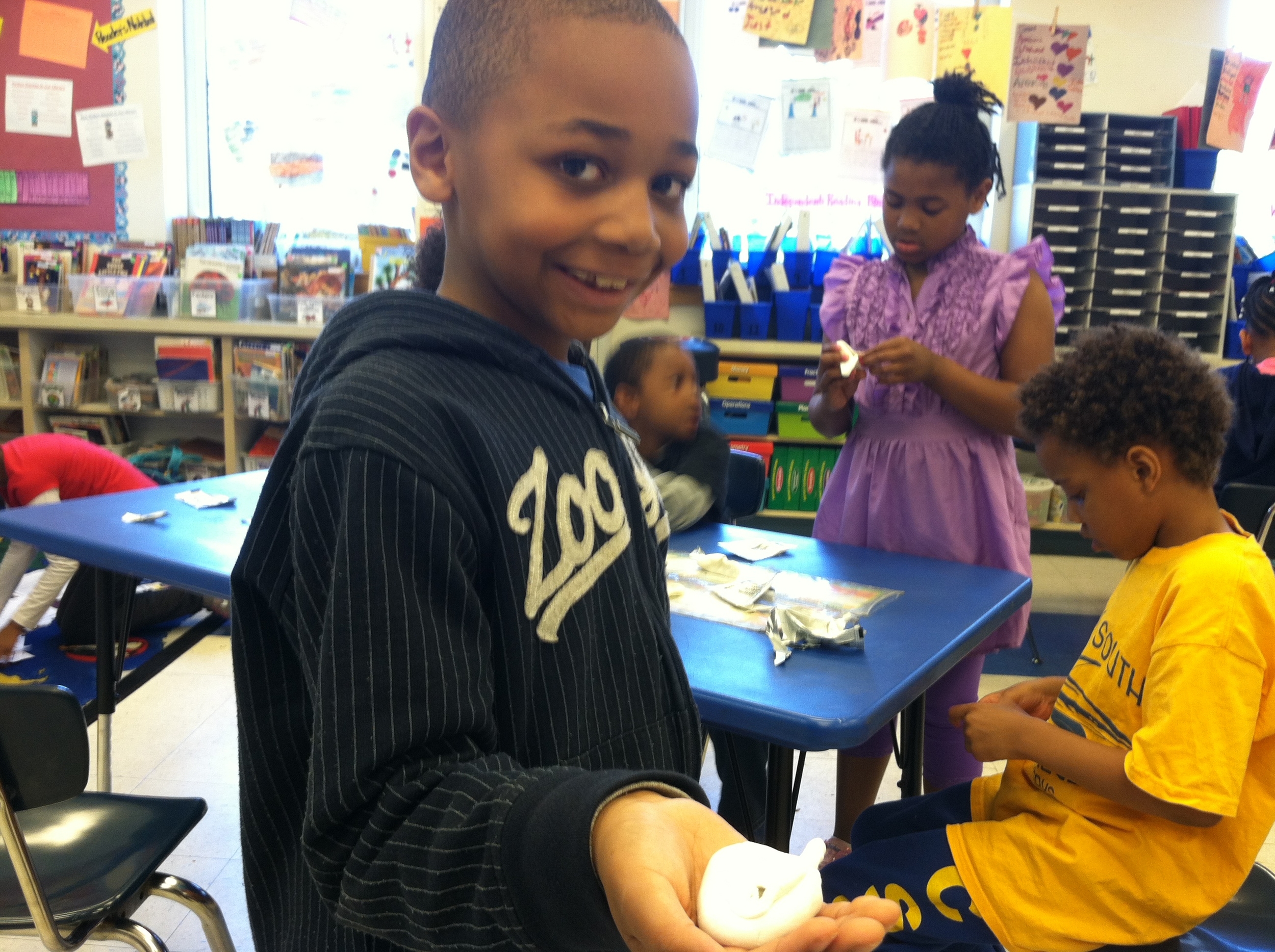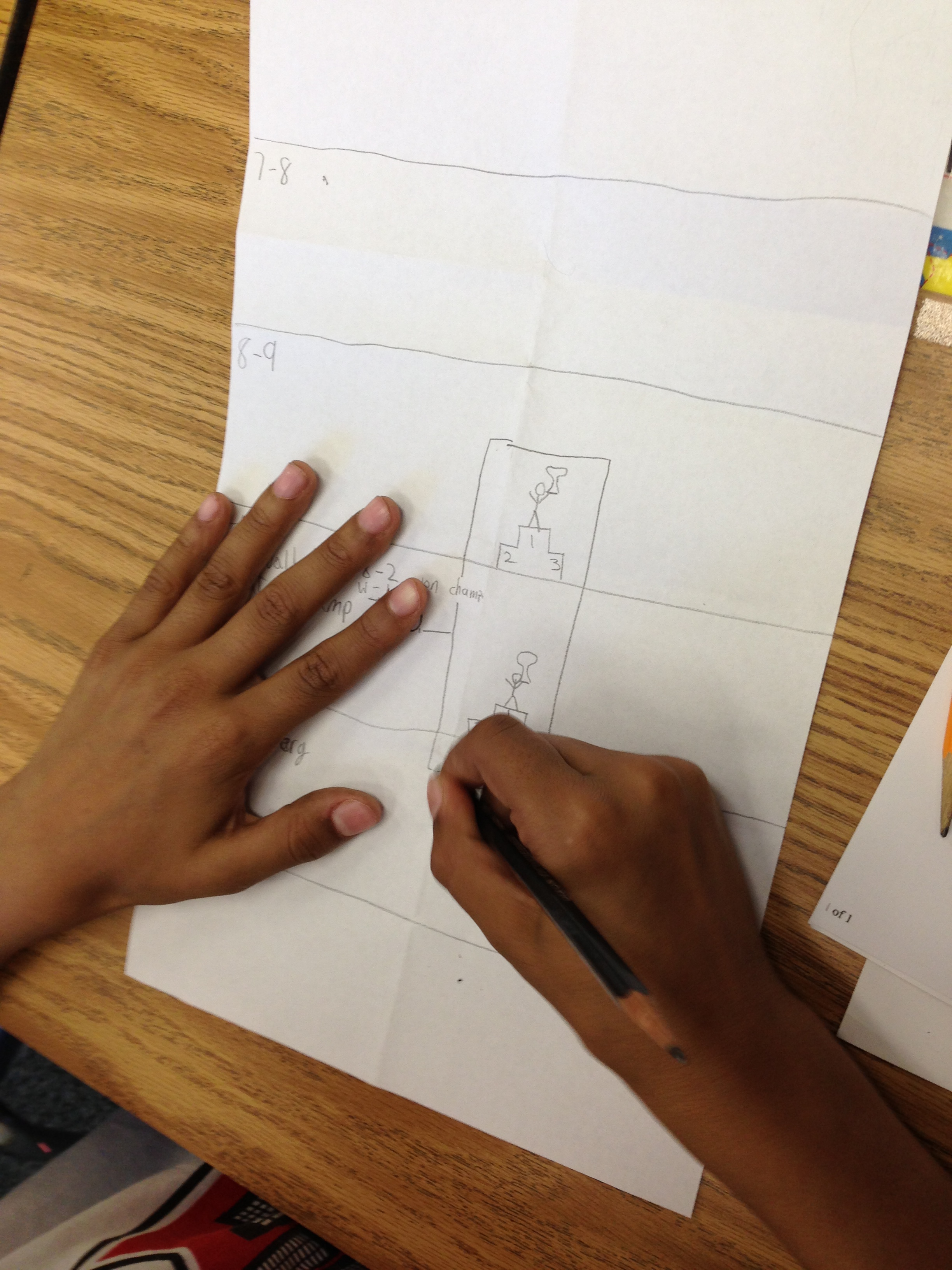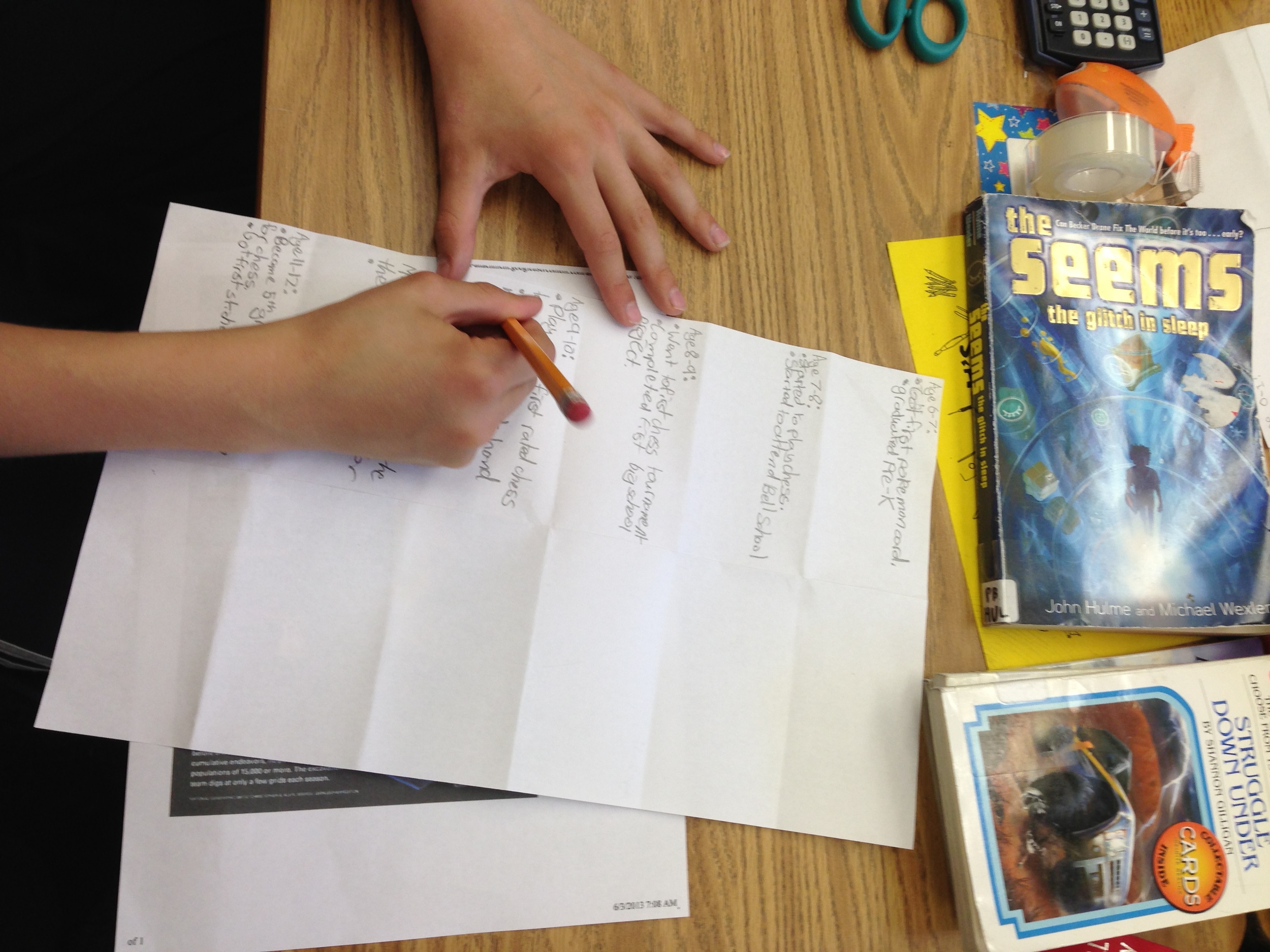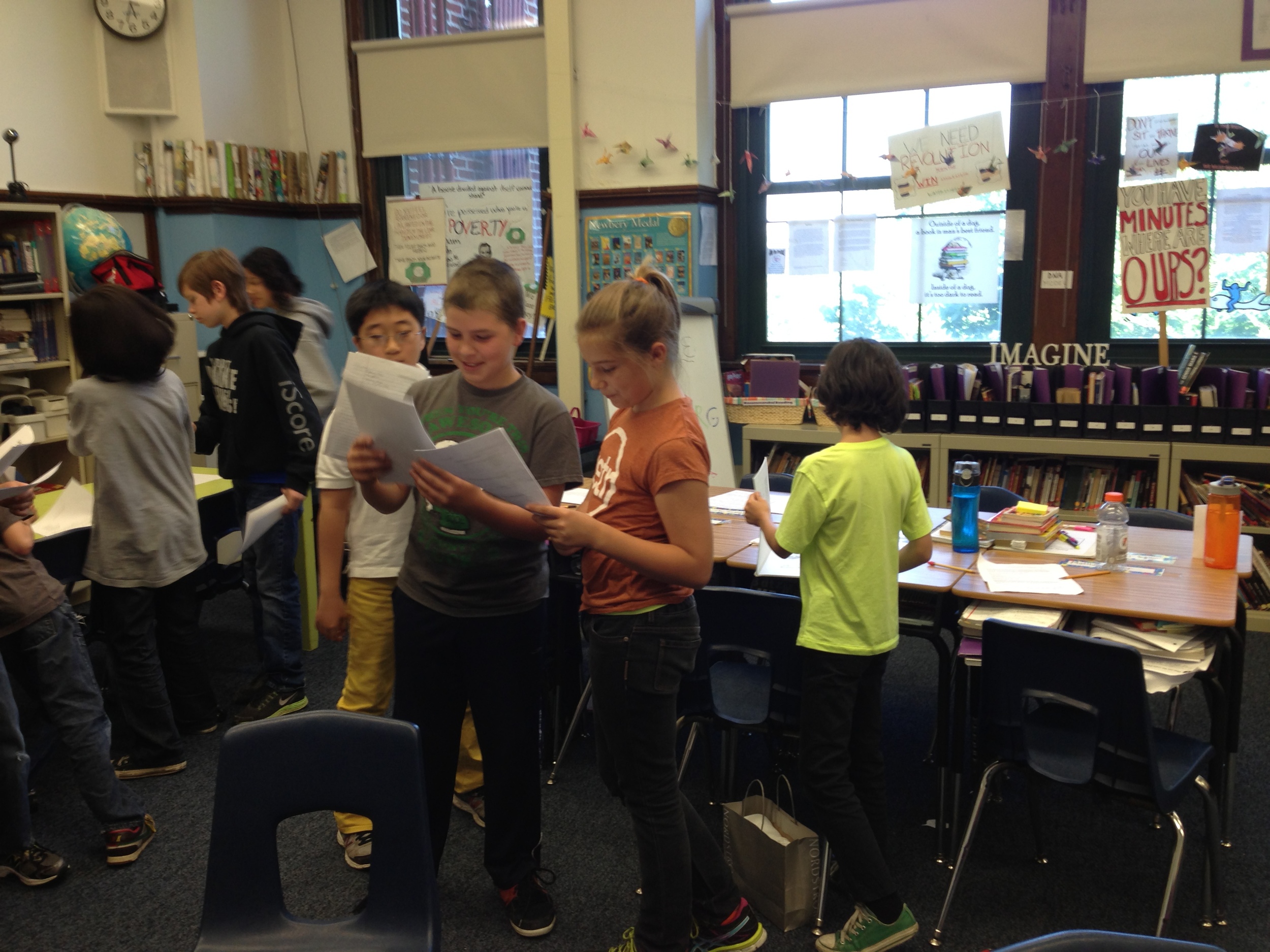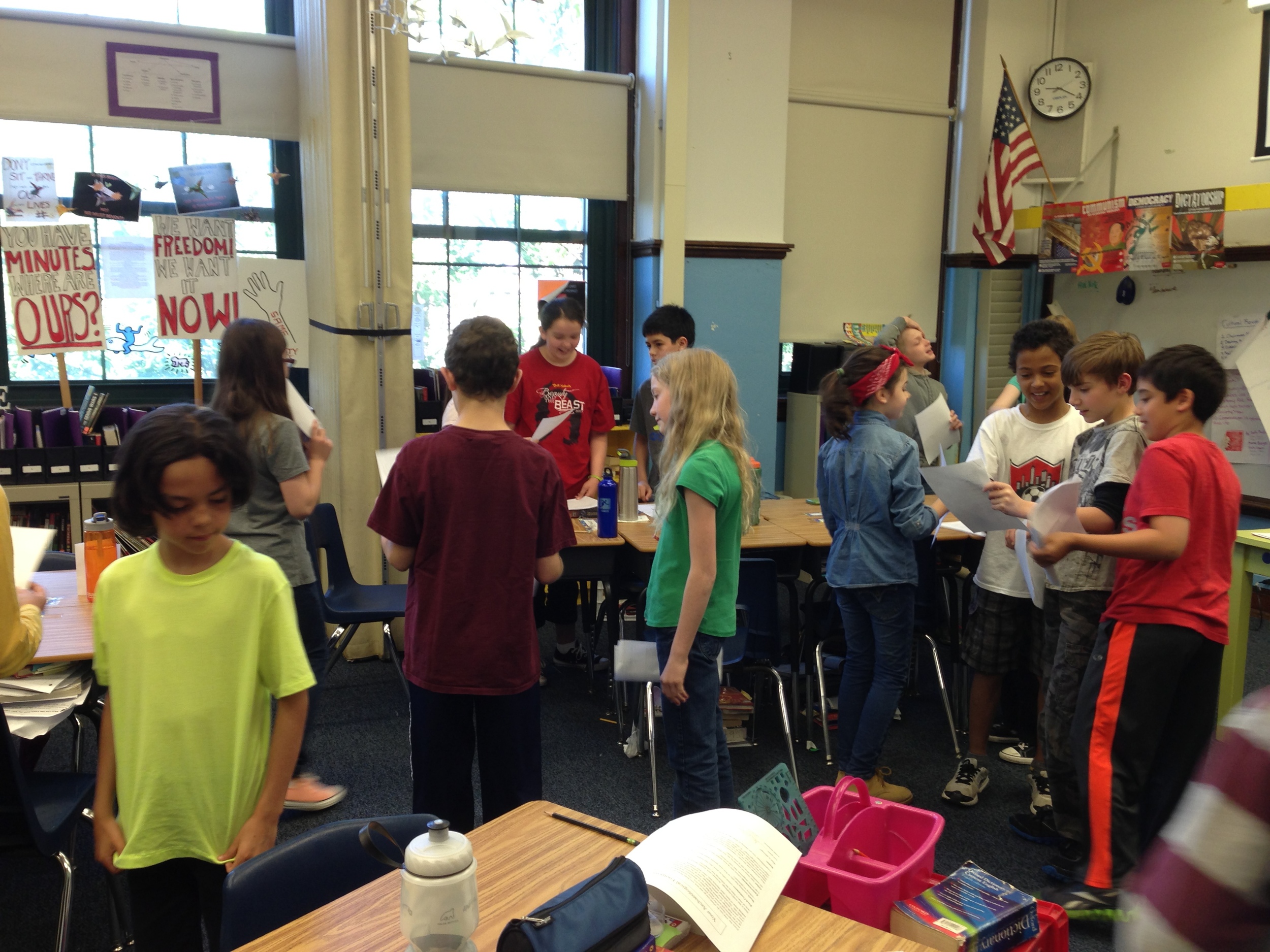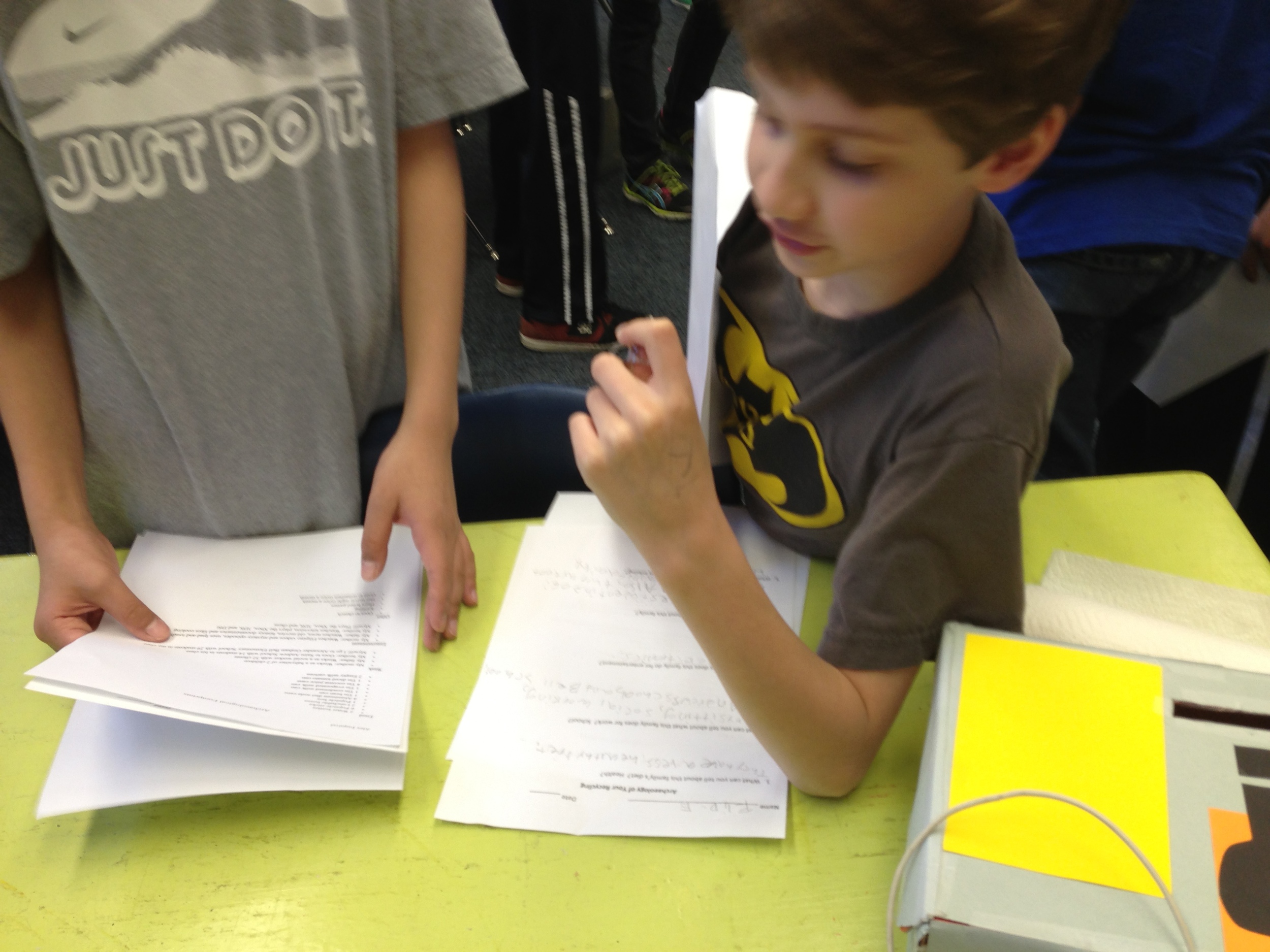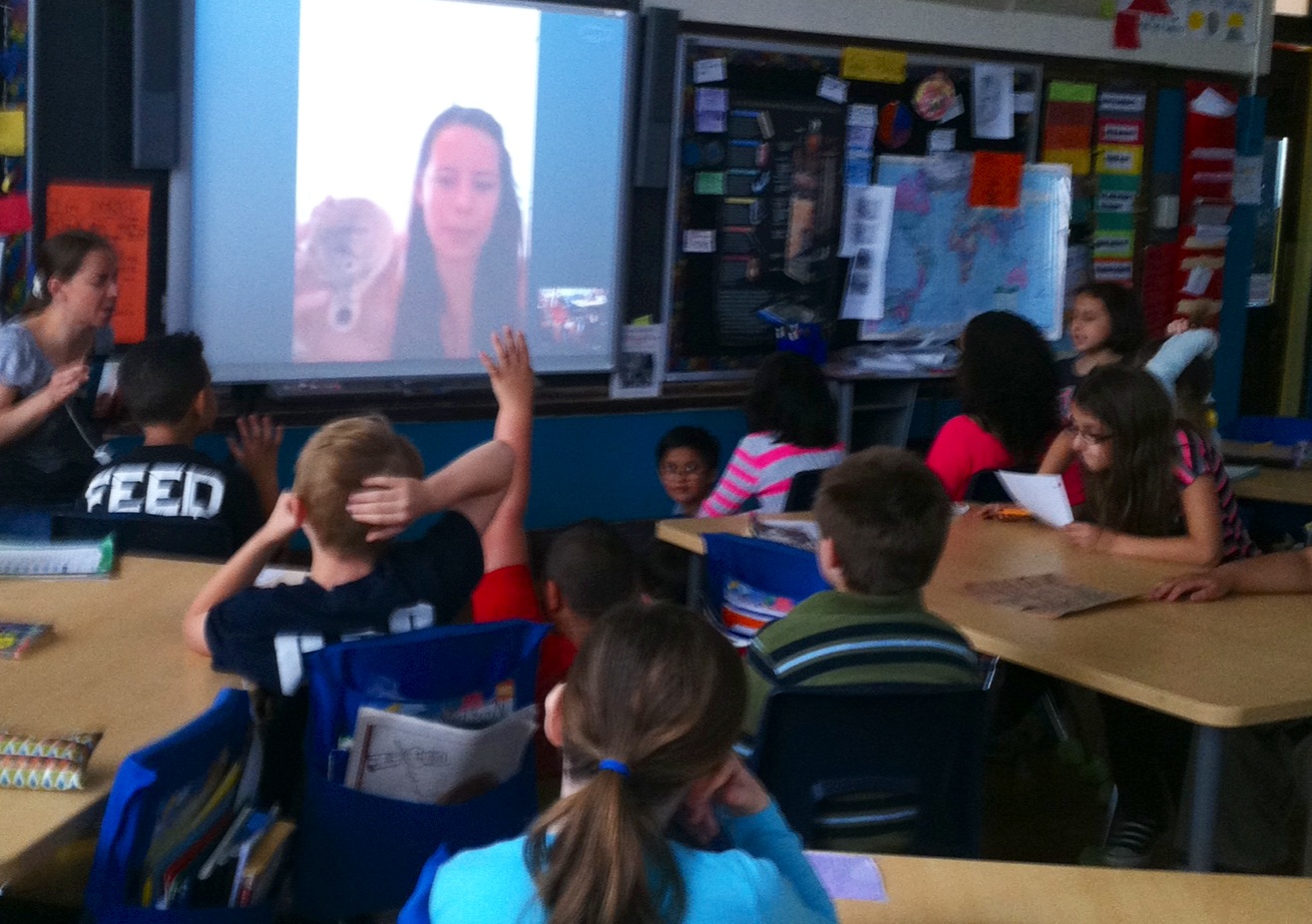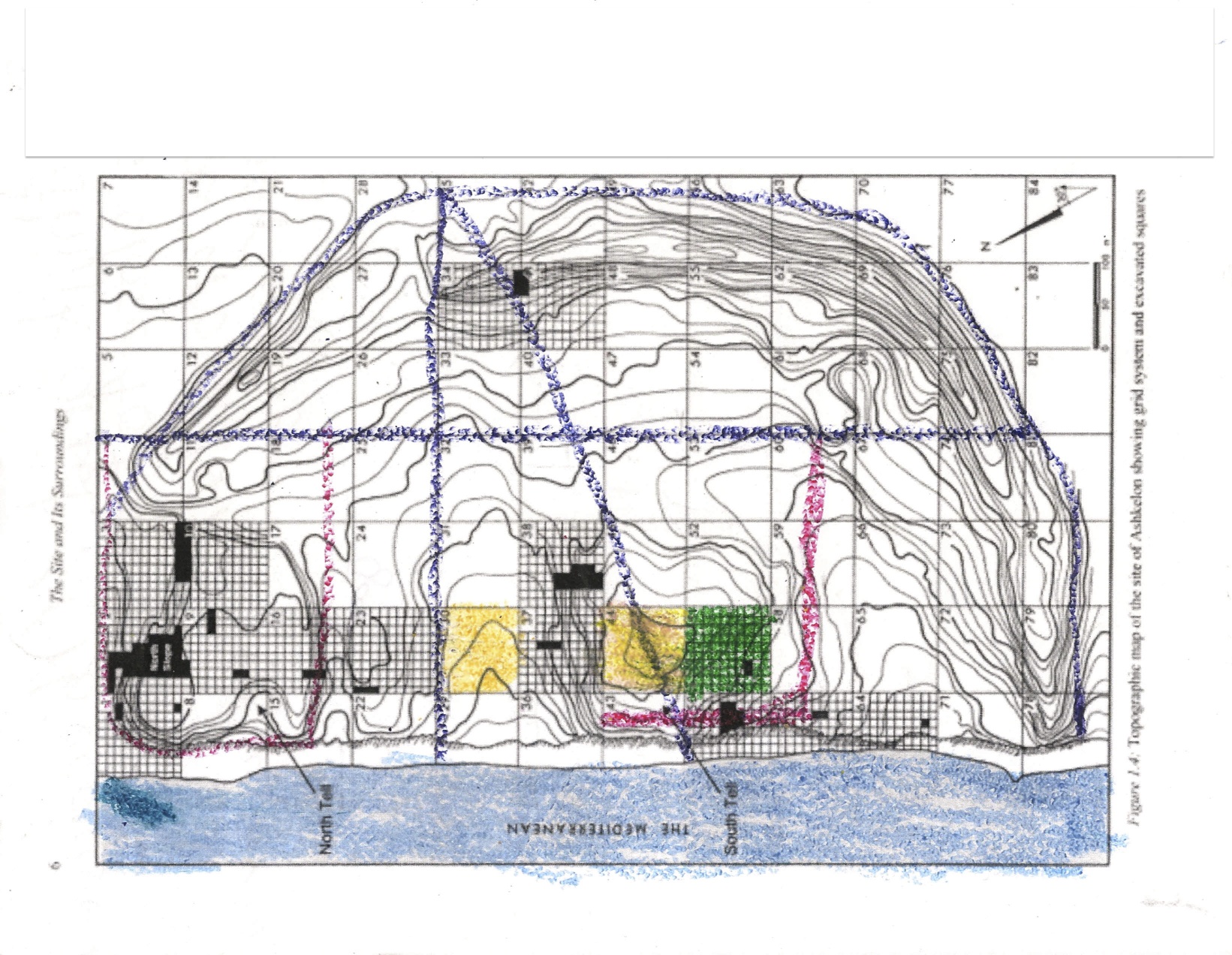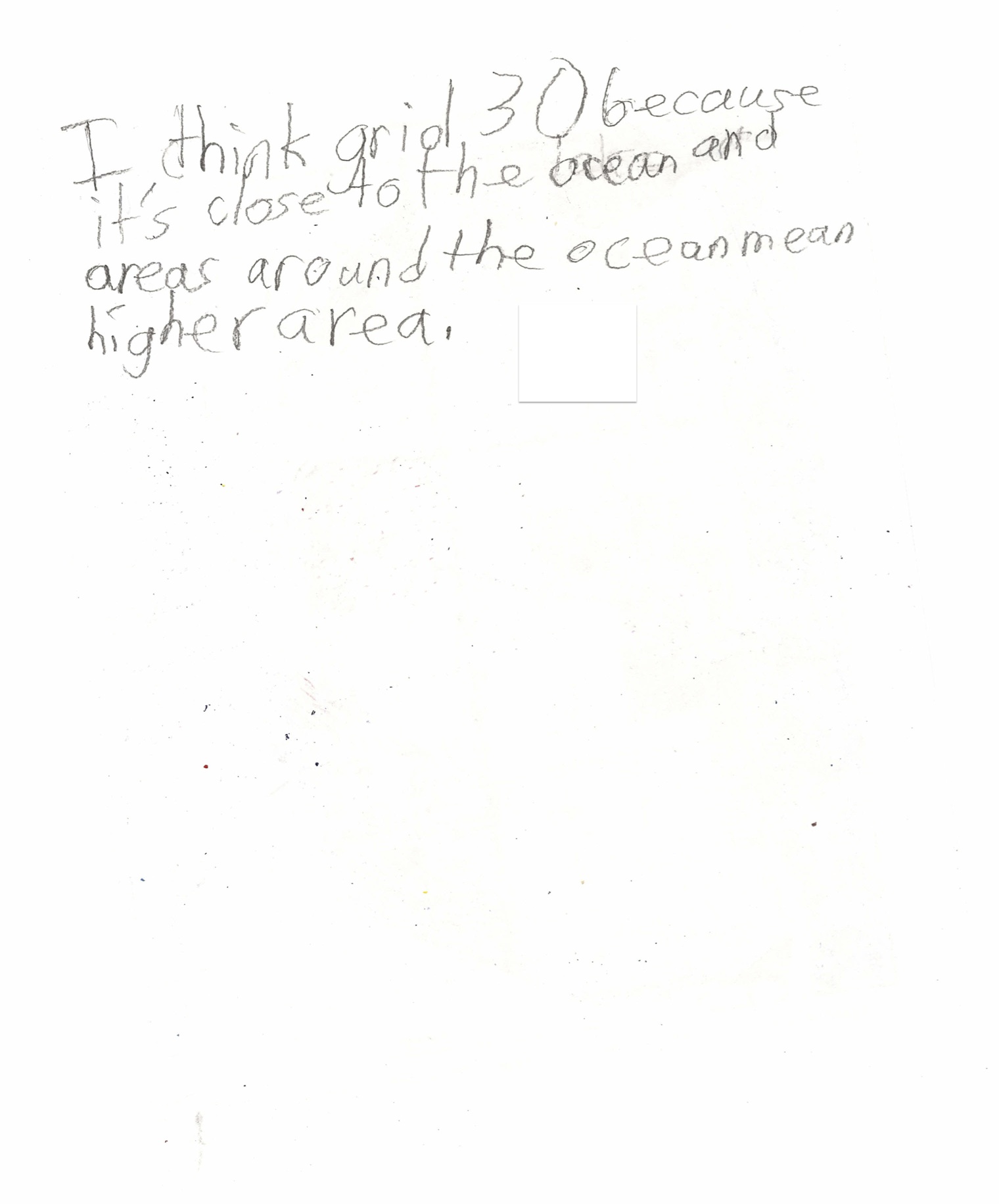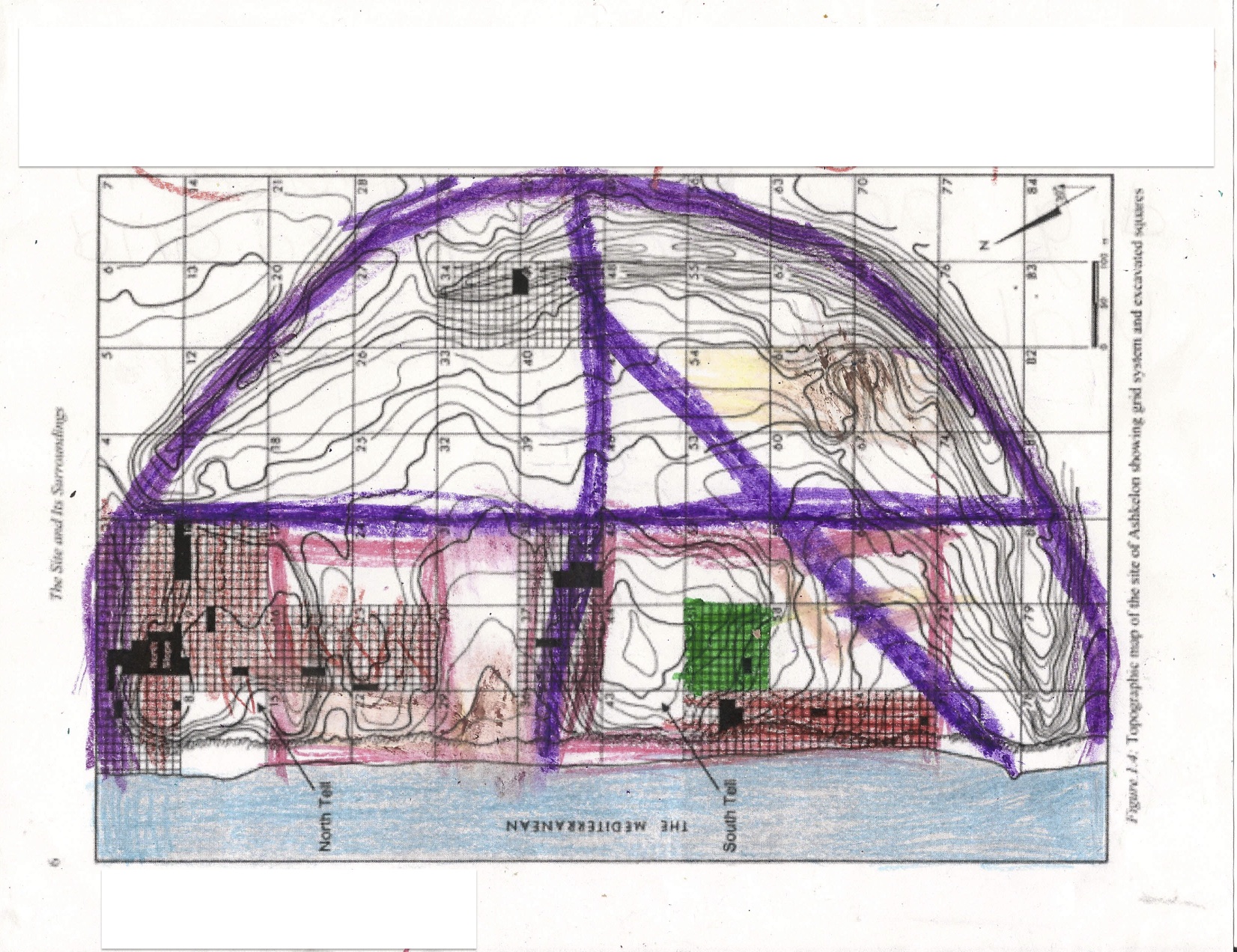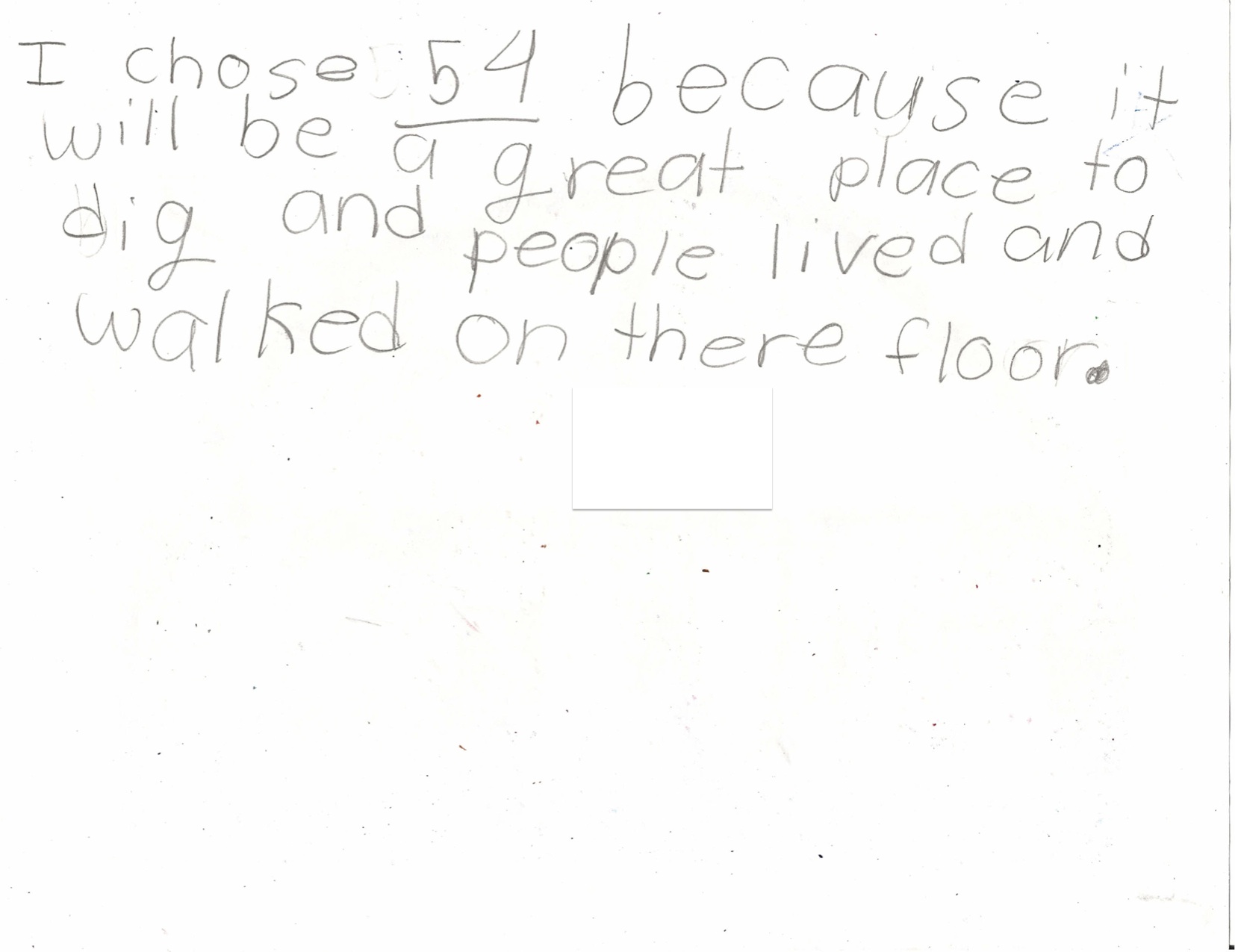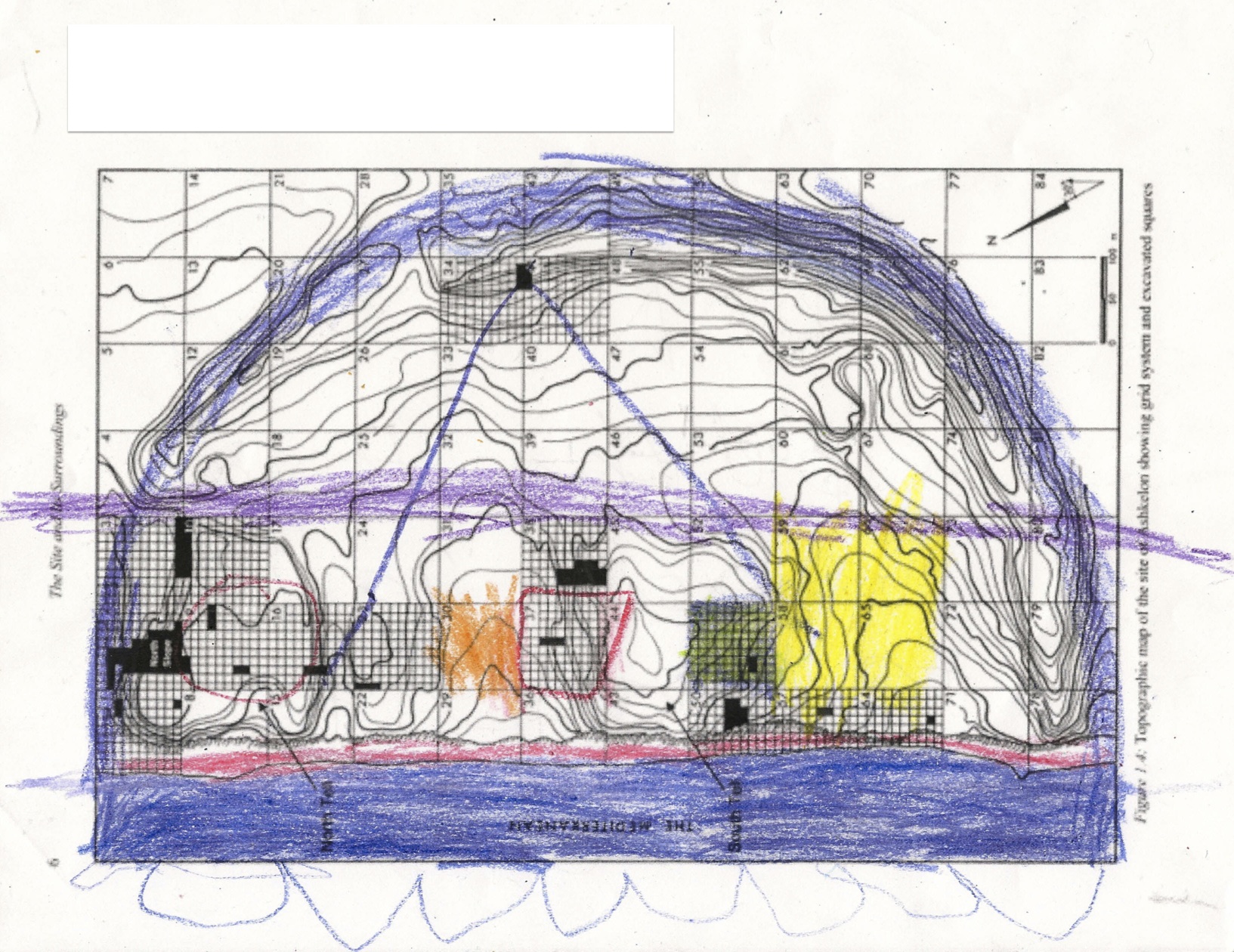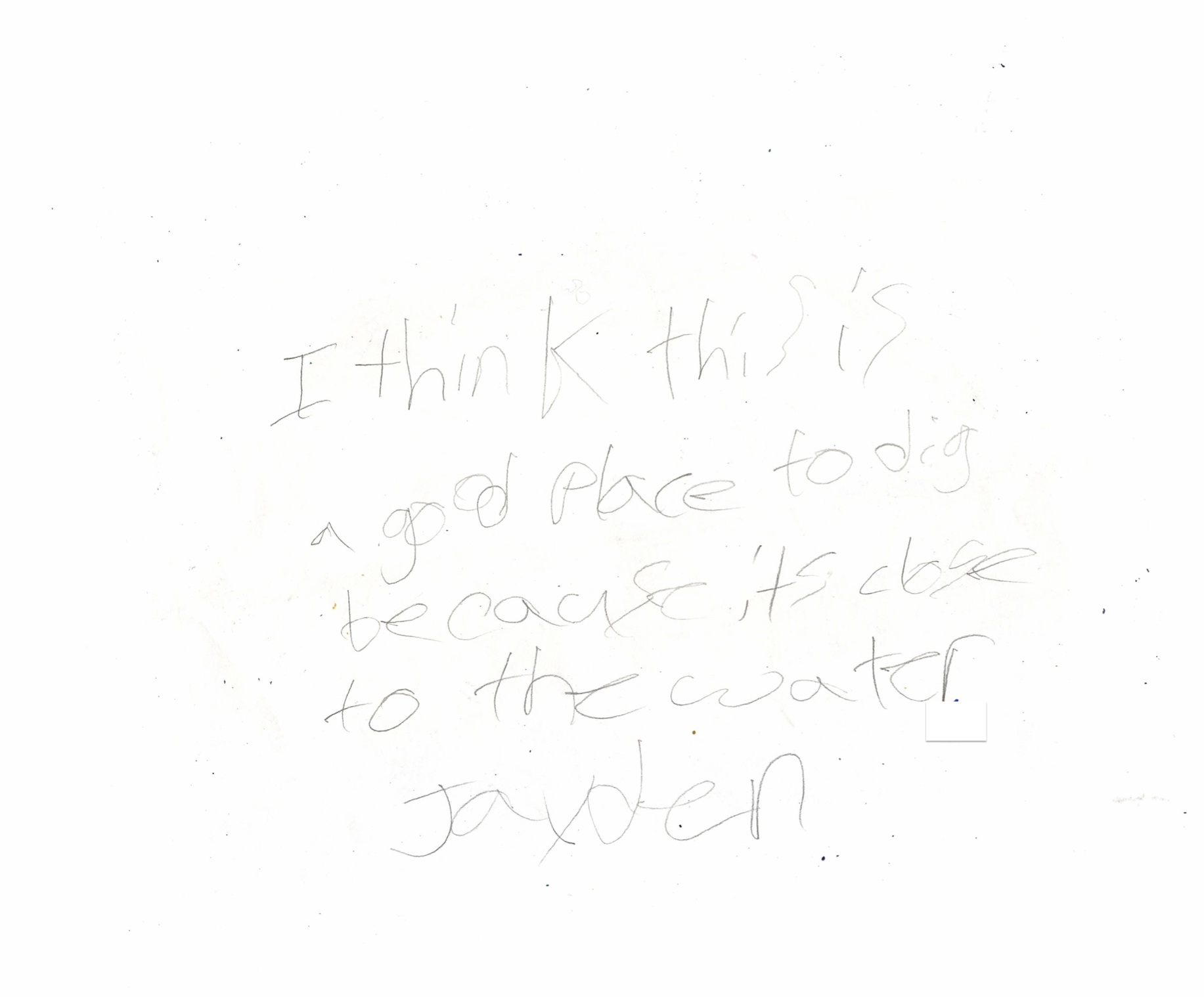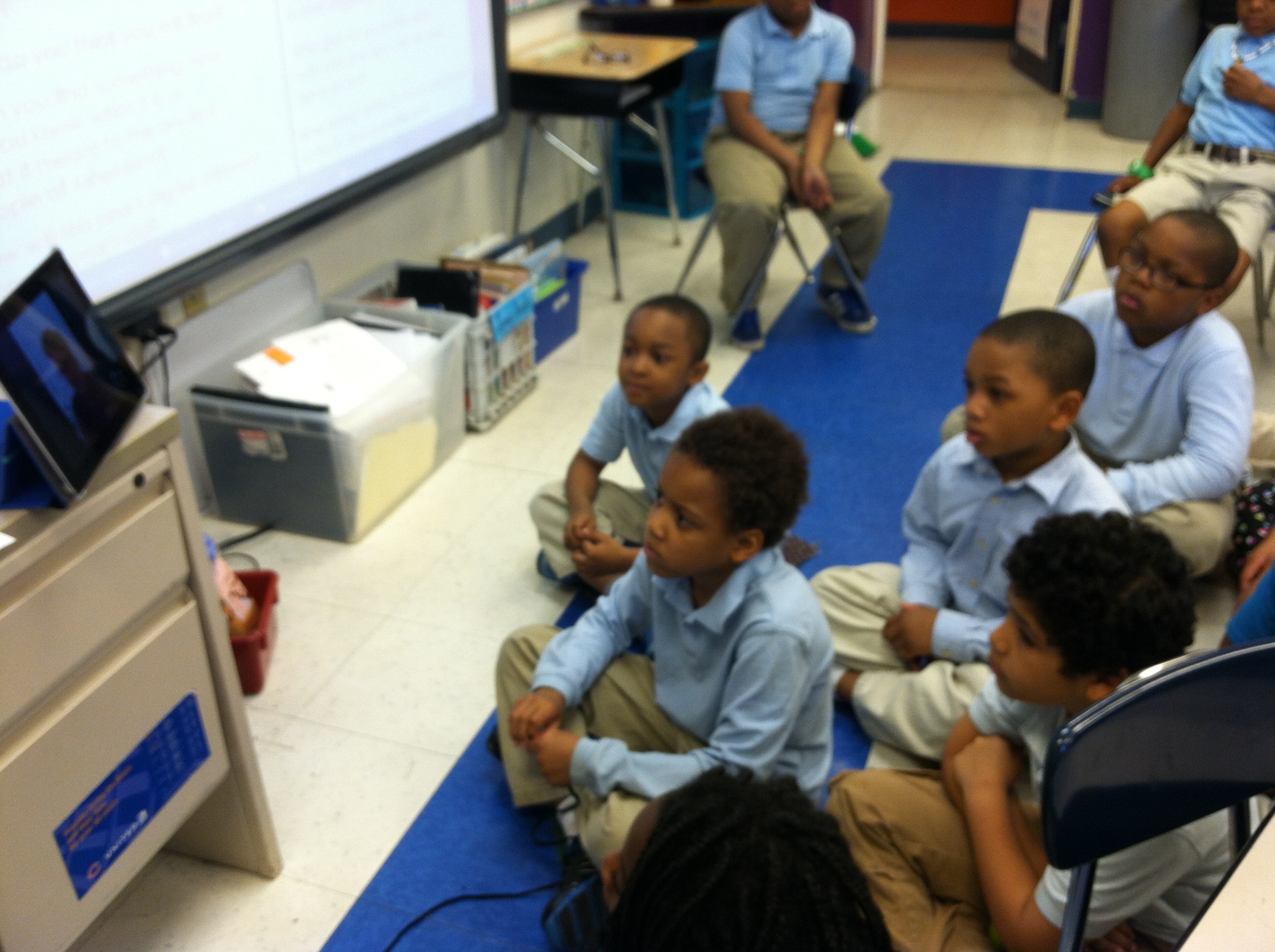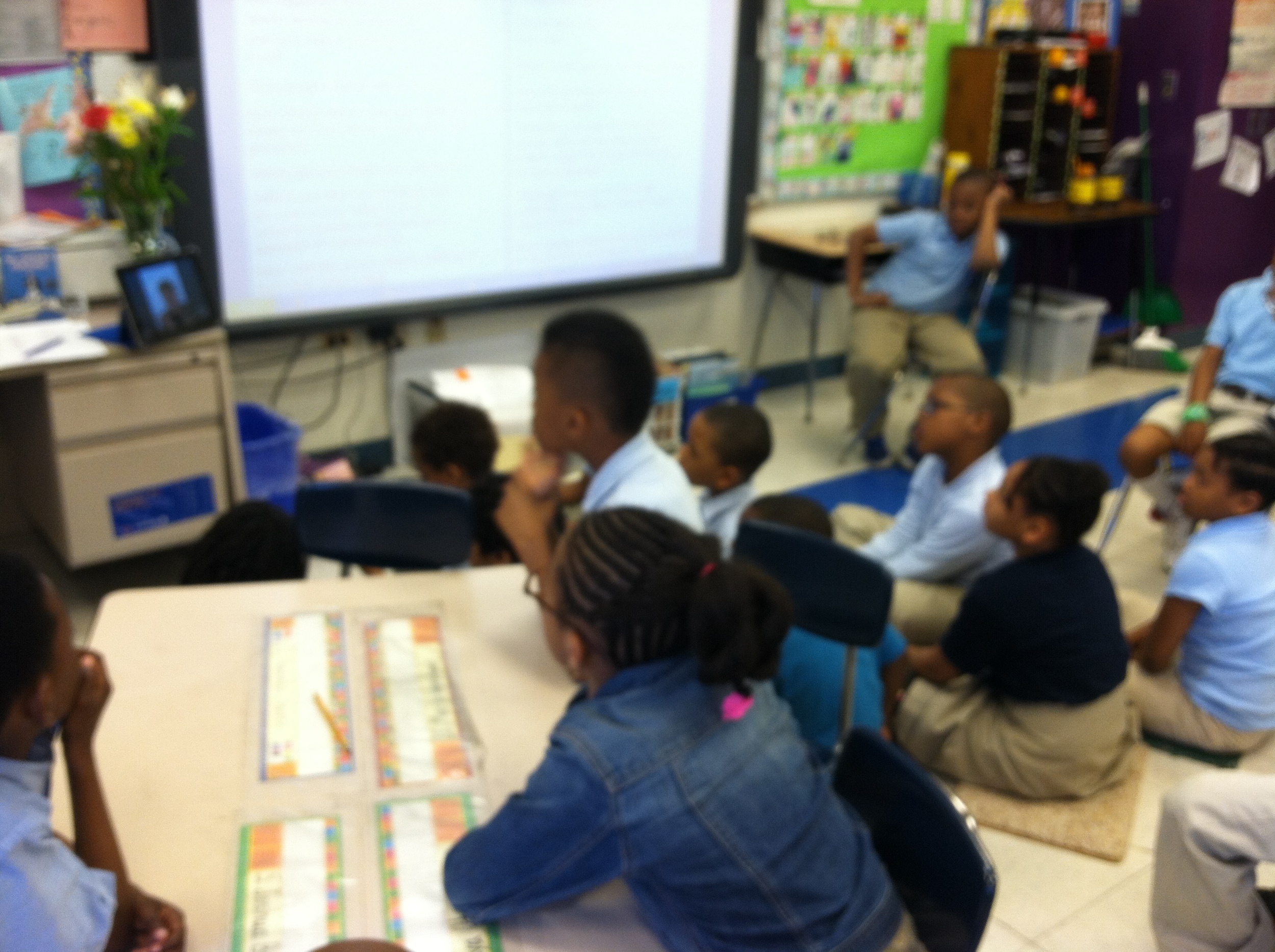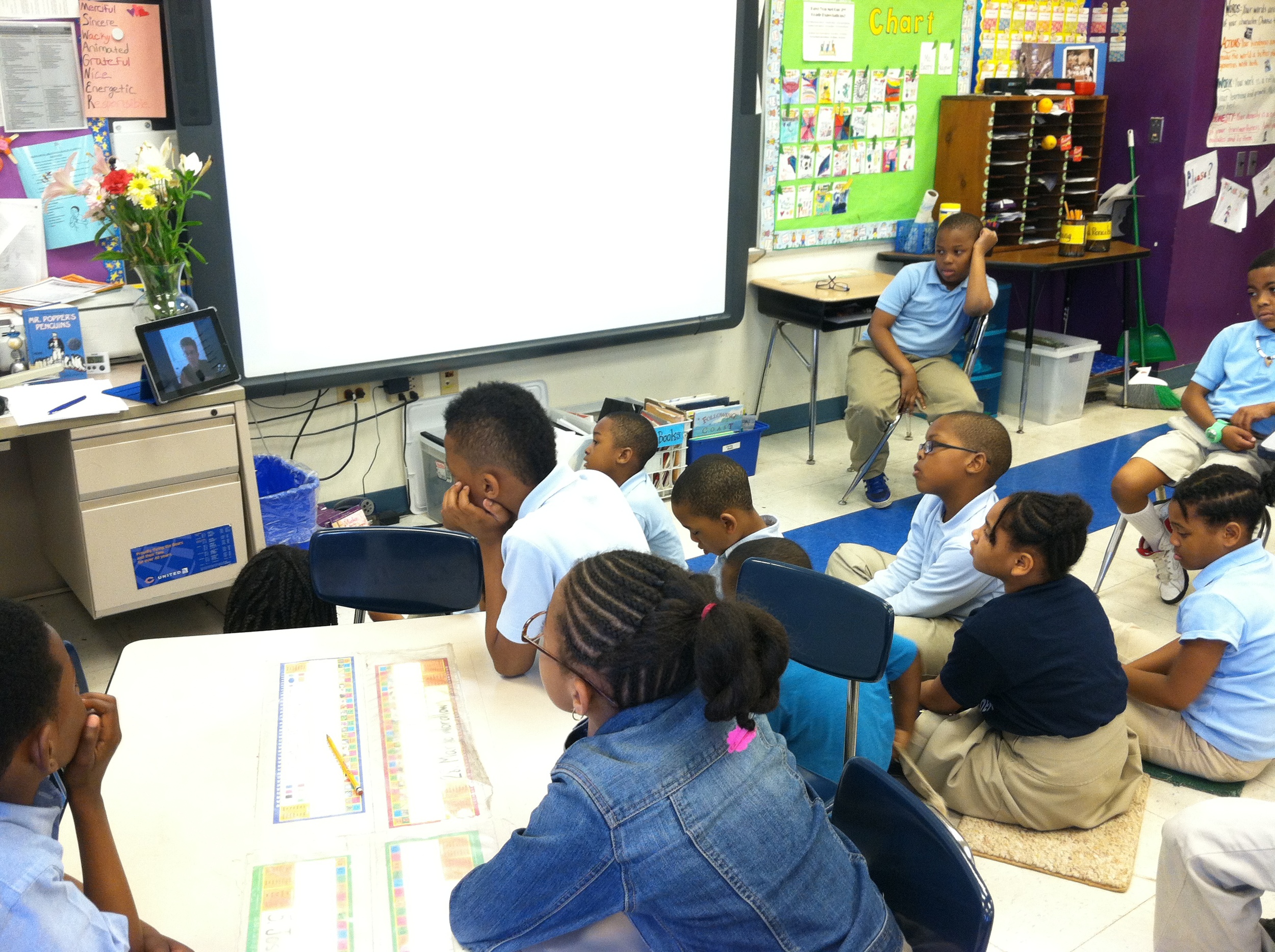It was another busy week for our Skyping classes in Chicago. Several classes continued their conversations with archaeologist Tracy on life on the dig and in Ashkelon. The focus this week was on Theophanes in Ashkelon, what his documents tell us about his time in ancient Ashkelon, and how the records we leave behind can be used to tell the story of us. These classes analyzed receipts, planned a dinner using ingredients similar to Theophanes ingredients, and created entertainment tokens like the one Theophanes may have used to get into the theater in Ashkelon.
Another group of classes had the opportunity to talk with our Roman Archaeologist, Robyn about oil lamps in Ashkelon, there purpose, and design. These classes read Greek/Roman mythology and then identified lamps that depicted these stories. They designed their own oil lamps and looked around their community to see how stories were being depicted on objects they use in daily life.
All of the classes have been working on thinking like archaeologists and have been engaging in inferencing activities. I had the opportunity to participate in a great "Who is it?" activity with a K/1 activity. The students looked at objects in bags and had to determine the teacher in the school that was represented by the objects. They then made posters justifying their inference and presented them to the class. I will be posting a video of this activity soon.
I had the special privilege of getting to talk archaeology with an awesome class of third graders this week. It was totally impromptu and awesome. I bopped on up to their classroom to check out their awesome Ashkelon bulletin board and the questions started to fly. Below is a photo of me talking with the class along with photos of the students learning about the dig site through an interactive map. There are also photos of another group of students creating and then sharing their personal vertical timelines. Finally, there is a fantastic photo of Archaeologist Robyn skyping with a class. Because of her conversation, the class will be making oil lamps out of clay this week!
Thanks for all your handwork!!












